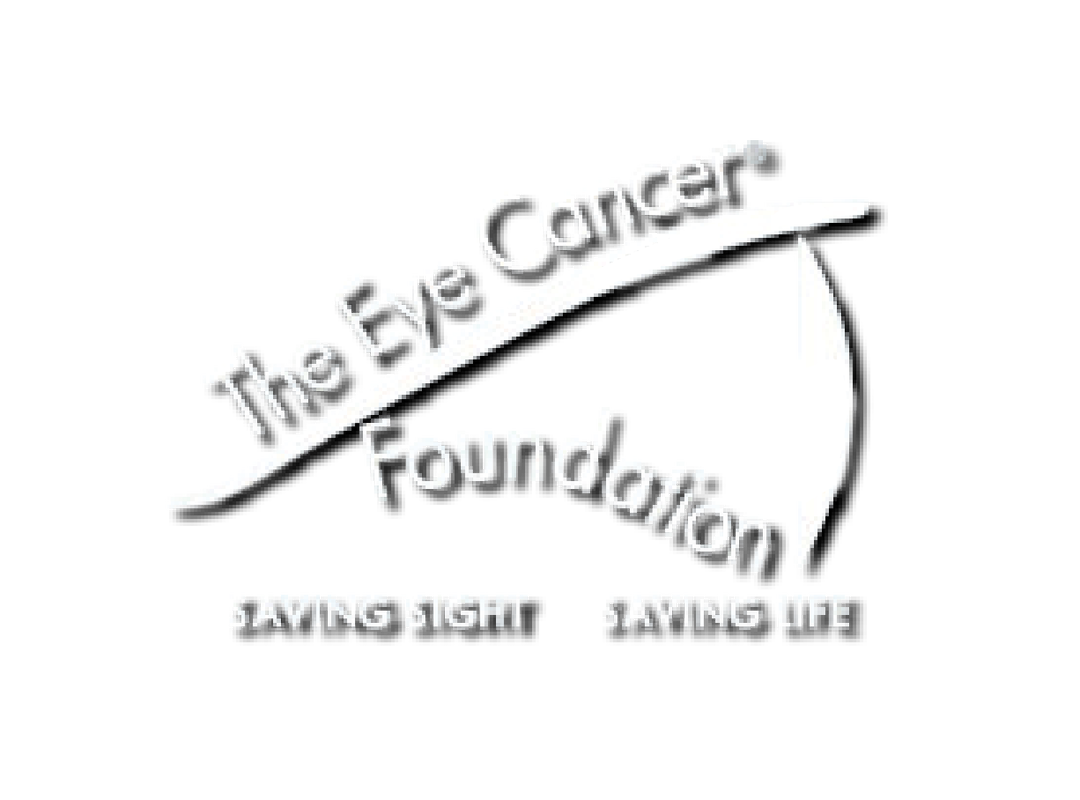Universal Eye Cancer Database Project: eCancer Care?
Building a Foundation for the Future
Drs. Brenda Gallie, Paul T Finger, Bita Esmaeli, Steffen Seegaard, and Bertil Damato - Registry Team Leaders
The AJCC-UICC Committee, its reviewers and editors developed a nomenclature for malignant eye tumors. It is designed to be accepted by the community within which it was built. This classification system will be the foundation from which we can build "The Universal Eye Cancer Database."
7 Steps
Drs. Brenda Gallie, Paul T Finger, Bita Esmaeli, Steffen Seegaard, and Bertil Damato - Registry Team Leaders
The AJCC-UICC Committee, its reviewers and editors developed a nomenclature for malignant eye tumors. It is designed to be accepted by the community within which it was built. This classification system will be the foundation from which we can build "The Universal Eye Cancer Database."
7 Steps
- A common AJCC-UICC language to define tumors on a clinical and pathologic basis.
- Registries help us define parameters (data points) that must be derived from each tumor: e.g. Epidemiologic / Clinical Diagnostic / Photographic / Ultrasound Angiographic / Ultrasonographic / Radiographic / Pathology / Genetic / Treatment / Outcomes.
- Each database will be the responsibility of the previous section leaders to coordinate. Parameters will be devised and shared for comment within the committee (and outside reviewers as needed).
- Software development: Commercially available software is available. It must be internet - based, open source, password protected, and privacy compliant.
- Implementation: Once constructed, this software will be shared with the network of participating physicians. It is essential that each physician or institution have complete control over their patient data sets. Multi center cooperative research (data - sharing) will only be performed at the discretion of each physician/center.
- EMR Overlay: This database is a necessary step towards building an ophthalmic oncology specific electronic medical record (EMR) system. It is possible to create an overlay EMR that can rest upon each institutions proprietary EMR, extracting and sharing the data it needs (while collecting the information we require).
- EMR-based data collection allows for the most pure form of data collection, directly from the treating physician at the time of the patient encounter.


